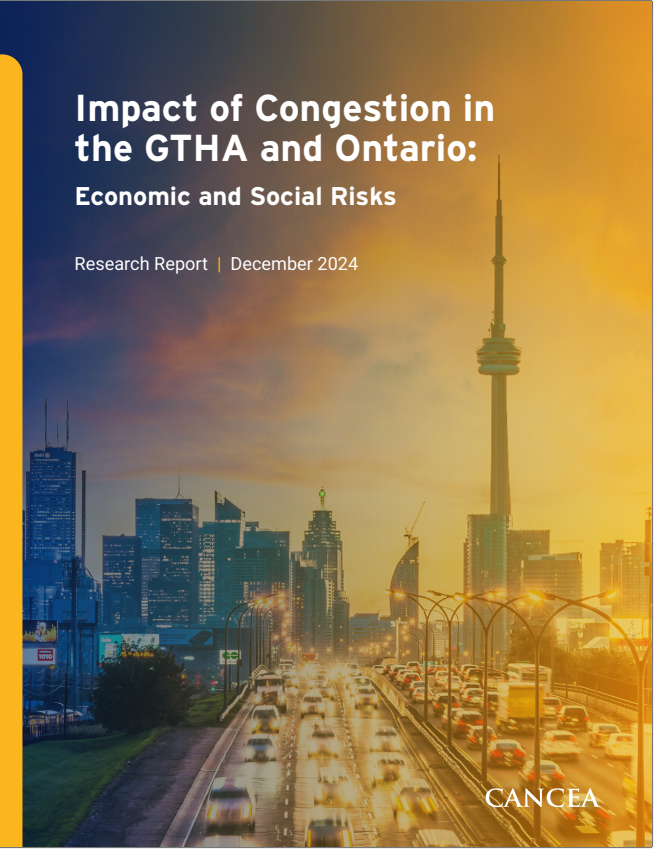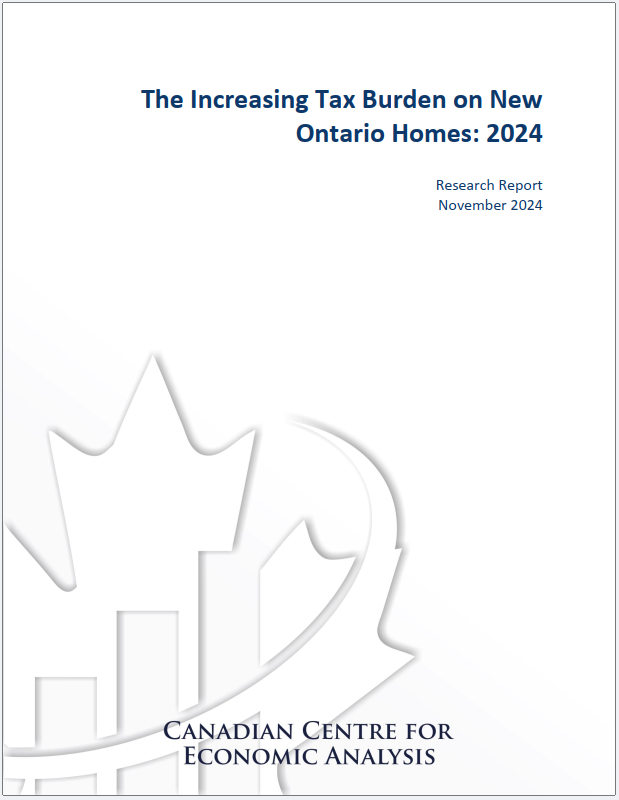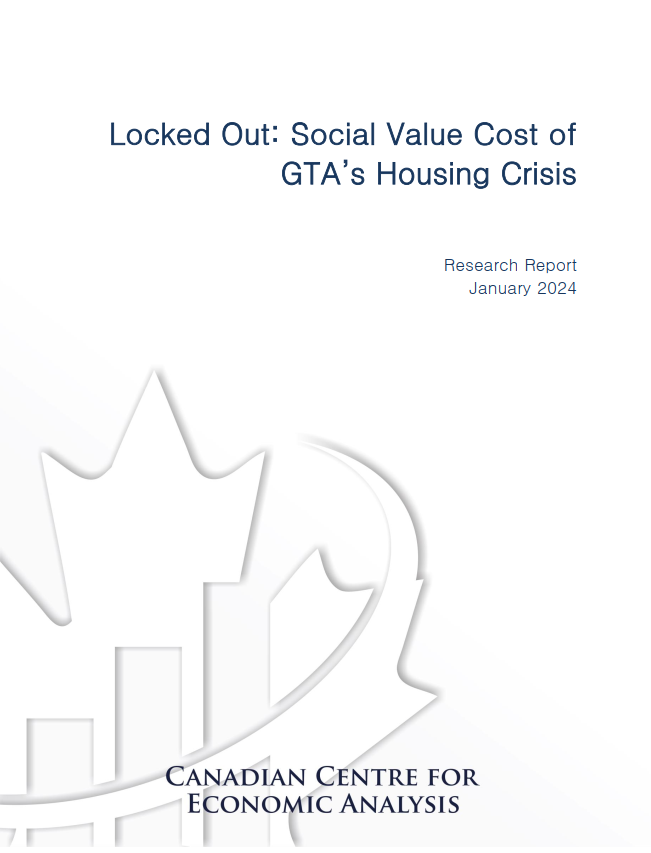Background:
An increasing number of Canadians are living with episodic disabilities, including mental illness, cancer, lupus, multiple sclerosis, diabetes, and HIV/AIDS. Episodic disabilities are characterized by periods of illness and wellness, making it a challenge for individuals living with them to earn an adequate and secure income. Most have to rely on government and private programs. These programs, however, often define disability in terms of permanent or extended inability to work so individuals who qualify for these programs effectively become trapped into continued dependence on the assistance program. Participants of the Episodic Disabilities Network have identified income security and labour force participation as two key issues faced by people living with episodic disabilities in Canada.
Method:
A simulation framework called Life at Risk™ is used to analyse the effects of a CPP-D policy that allows persons with disabilities who resume work to retain a portion of their previous CPP-D benefits. The Life at Risk™ platform incorporates demographic, chronic disease and economic models to yield a risk management analysis of the value of health policy decisions such as CPP-D. This report considers a 28 year simulation period, from 2006 to 2033, that focuses on the economic impact of the changed CPP-D program by estimating the change in key economic
variables, such as wages, corporate profits, consumer spending and total tax revenues.
Results:
The results of the analysis lead to the conclusion that the number of disabled people going back to work under the changed CPP-D policy will have a significant positive impact on the economy in every year of the forecast period. The economic activity generated by higher labour force participation results in higher total taxation revenues for the federal and provincial governments (compared to the case where there is no change in CPP-D policy). Also, the cost of making CPP-D payments is lower as the government will only need to pay a portion of CPP-D benefits to those CPP-D recipients that go back to work. The total cumulative benefit expected to accrue to the government from incremental taxation revenue and a reduction in CPP-D payments from 2007 to 20011 is $372 million, in 2005 present valued dollar terms. From 2007 to 2016 the cumulative total benefit is $800 million, and the yearly average from 2007 to 2030 is $89 million.
Conclusion:
The results of this analysis unambiguously show that a new and flexible CPP-D policy has significant gross employee and economic benefits associated with its implementation. Further, such a new and flexible CPP-D policy will encourage many persons with disabilities to participate in the Canadian labour force to a greater extent as allowed by their health.











